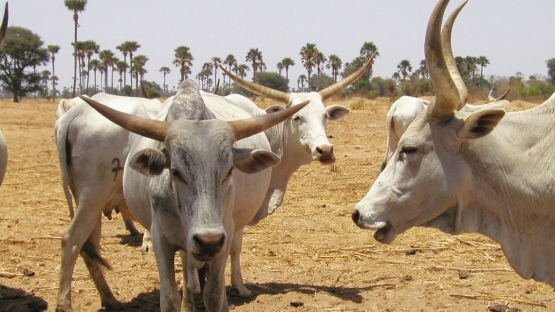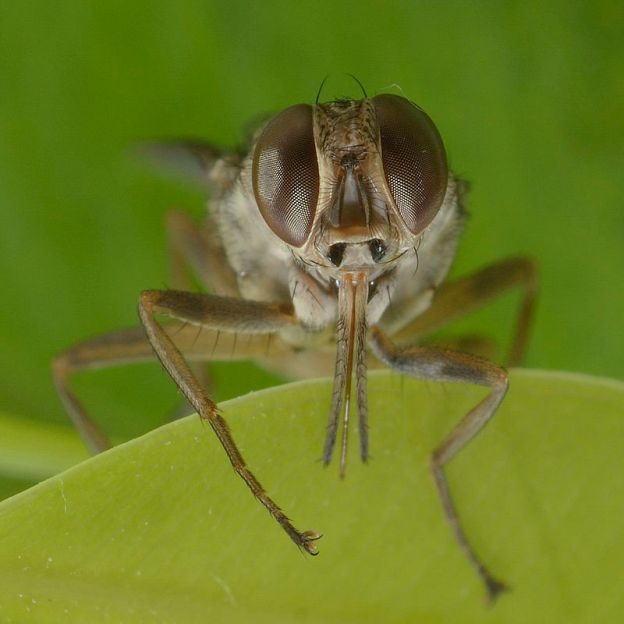The tsetse fly’s toxic bite kills an estimated 3 million livestock annually in sub-Saharan Africa. Farmers here used to count on losing pounds of valuable beef to the fingernail-size pest. Then veterinarians in the West African country teamed up with researchers in Austria, who work on a little-known project funded entirely by the United States. The United States has poured about $5 million into the effort of sterilizing the male tsetse files with gamma rays. This has led to the eradication of 99 percent of those files

Farmer income in Niayes, Senegale, is expected to jump by 30 percent, officials say, as more cows survive at a healthy weight. Farms, meanwhile, can now afford to buy hundreds of European dairy cows, which produce 20 times as much milkthan native breeds. The fortune reversal sprouts from a global collaboration at the intersection of agriculture and nuclear technology.
Since 2010, America has funneled roughly $379 million to Senegal’s partner in the tsetse fly fight: the International Atomic Energy Agency,…The United States earmarked an additional $560,000 this month for upkeep of the group’s laboratories in Seibersdorf, Austria.
Rather, Jeffrey Eberhardt, whom President Trump has nominated to serve as his special representative for nuclear nonproliferation, said in a May statement that the United States has maintained its backing to “expand the benefits of peaceful nuclear uses” and expressed “a firm commitment to continuing this legacy.”
The peaceful use in Senegal is called nuclear insect sterilization. First, scientists hatch thousands of tsetse flies in an artificial habitat about 870 miles away, in the West African nation of Burkina Faso. Next, they send the bugs to the lab in Seibersdorf, where researchers place them in tiny ionization chambers and blast them with gamma rays, rendering the males unable to pass on a healthy seed. Finally, they chill the flies to sleep — broken wings from panicked thrashing would sabotage the mission — before tucking them into biodegradable paper boxes and shipping them to Senegal.
Excerpts from A U.S.-funded nuclear project to zap a killer fly into extinction is saving West Africa’s cows, Washington Post, May 31, 2019
